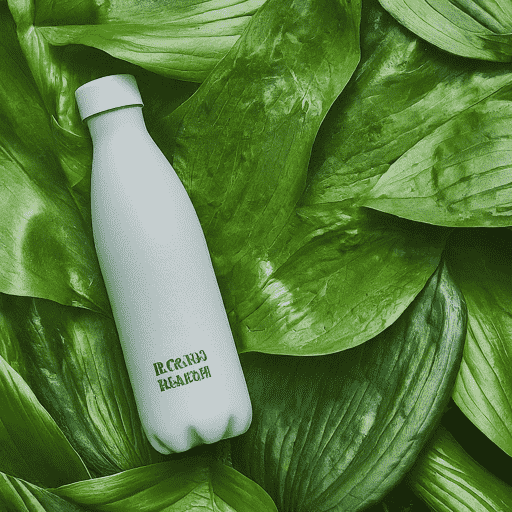Scaling Up the Green Revolution: Unlocking the Potential of Bioplastics for a Circular Economy
The world is choking on plastic waste. With over 300 million tons generated annually, only a fraction is recycled, leaving the rest to languish in landfills, pollute oceans, and threaten ecosystems. Conventional plastic, derived from fossil fuels, exacerbates climate change while leaving behind a toxic legacy. Bioplastics, made from renewable biomass, offer a glimmer of hope for a more sustainable future. But a significant bottleneck restricts their full potential: scaling up production.
Bioplastics is a Promising Alternative
Bioplastics are a diverse group of polymers produced from organic materials like plant starches, vegetable oils, or even microorganisms. They decompose naturally, unlike their fossil fuel counterparts, and many can be composted. Bioplastics hold immense promise for reducing plastic pollution and transitioning towards a circular economy, where resources are kept in use for as long as possible.
Role in Circular Economy
Imagine a world where plastic bottles, food packaging, and other plastic products have a second life. Bioplastics, composted after use, replenish the soil, while others are recycled into new bioplastic products. This circular system minimizes waste, reduces reliance on virgin resources, and lowers the carbon footprint of the plastic industry.
Bottleneck for Scaling Up Production
Despite their advantages, bioplastics currently make up less than 2% of the global plastic market. The primary reason? Scaling up production to meet the massive demand currently dominated by conventional plastics. Several factors contribute to this bottleneck:
- Feedstock Availability: Sourcing enough sustainable biomass to meet production needs is challenging. While second-generation feedstocks like agricultural waste offer promise, efficient collection and processing infrastructure is lacking.
- Production Costs: Bioplastics production is often more expensive than conventional methods due to immature technology and economies of scale. Investment in research and development is crucial to bring down costs.
- Recycling Challenges: Not all bioplastics are readily recyclable, and composting infrastructure needs significant development. Standardized labeling and improved composting facilities are necessary.
- Consumer Awareness: Many consumers are unaware of bioplastics or lack clear information about their benefits and proper disposal. Education and awareness campaigns are crucial to drive demand.
Breaking Through the Bottleneck: Collaborative Solutions
Overcoming these challenges requires collaborative efforts from various stakeholders:
- Government Support: Policymakers can incentivize bioplastic production through subsidies, tax breaks, and investment in research and development. Mandates for bioplastics content in specific products can further stimulate the market.
- Industry Collaboration: Collaboration between research institutions, bioplastic manufacturers, and traditional plastic producers can accelerate technological advancements and share best practices.
- Consumer Education: Effective communication campaigns can educate consumers about bioplastics and their benefits, encouraging them to make informed choices and support sustainable brands.
- Standardization and Infrastructure: Standardizing bioplastics composition and labeling facilitates recycling and composting, while investing in infrastructure for effective waste management is crucial.
Opportunity for India
India, with its large agricultural sector and growing plastic consumption, presents a significant opportunity for the bioplastics industry. The government’s push for sustainable alternatives and initiatives like the “Swachh Bharat Abhiyan” (Clean India Mission) create a favorable environment for growth. However, challenges like feedstock availability and infrastructure development need to be addressed.
Scaling up bioplastic production is not simply an environmental imperative; it’s an economic opportunity. By addressing the bottleneck, we can unlock the potential of a circular economy, create jobs, and contribute to a healthier planet. With collaboration, innovation, and consumer awareness, bioplastics can become the key to breaking free from our plastic addiction and building a more sustainable future.


